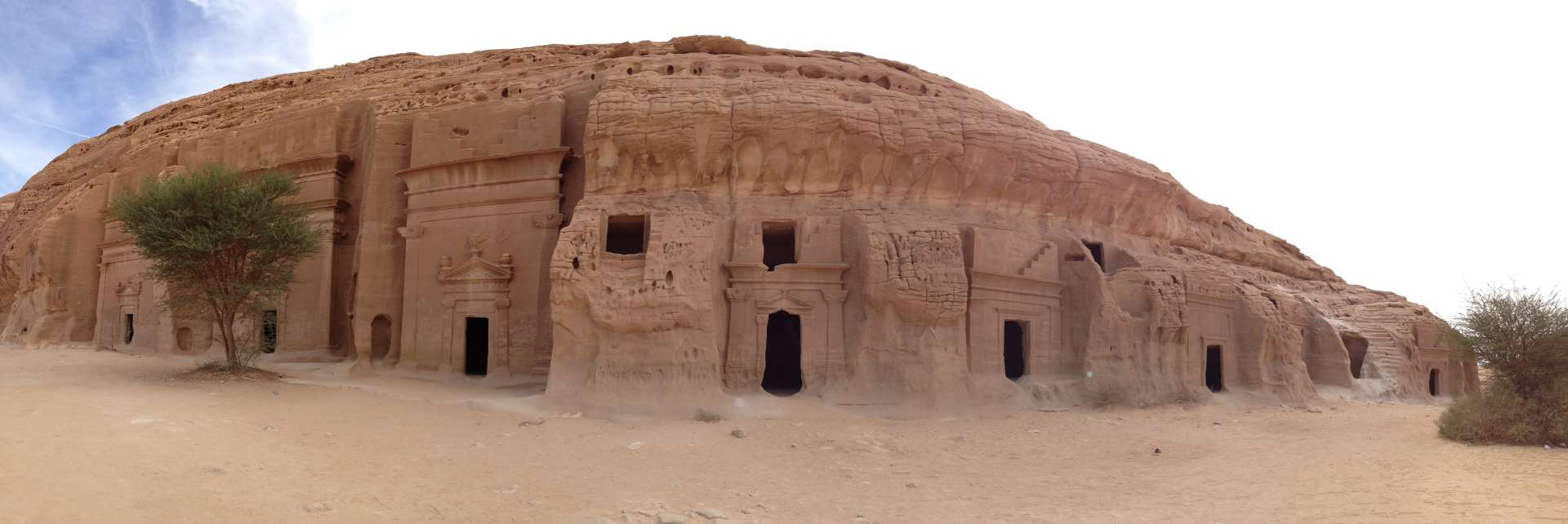Fieldwork with Turtles
Pubblicato: 20.10.2019
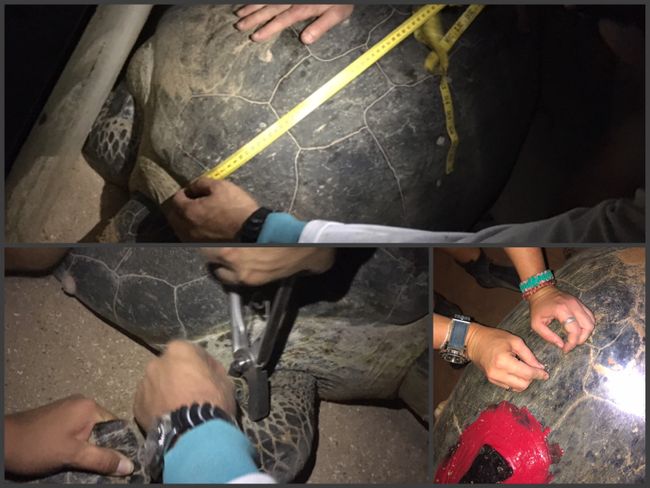
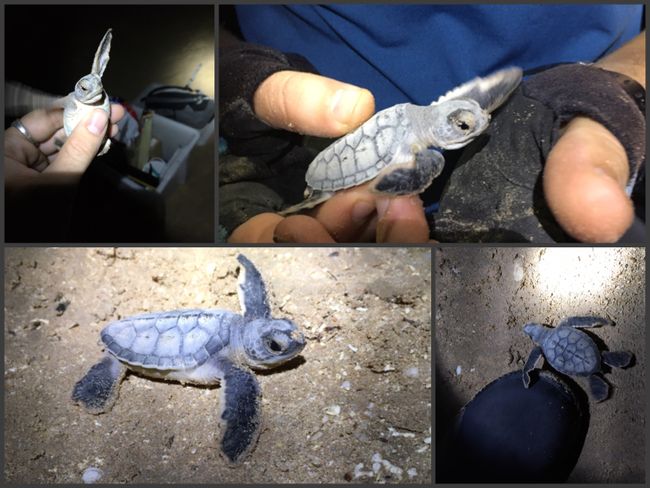
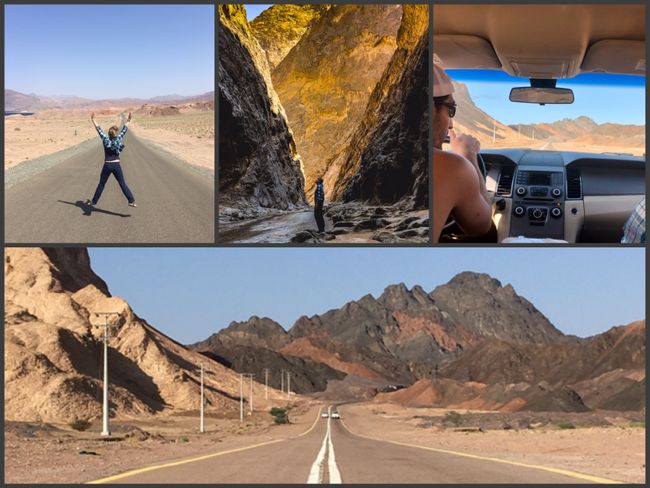
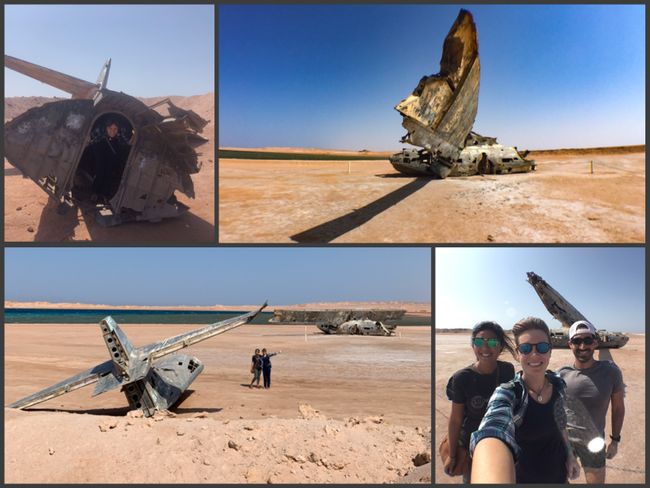
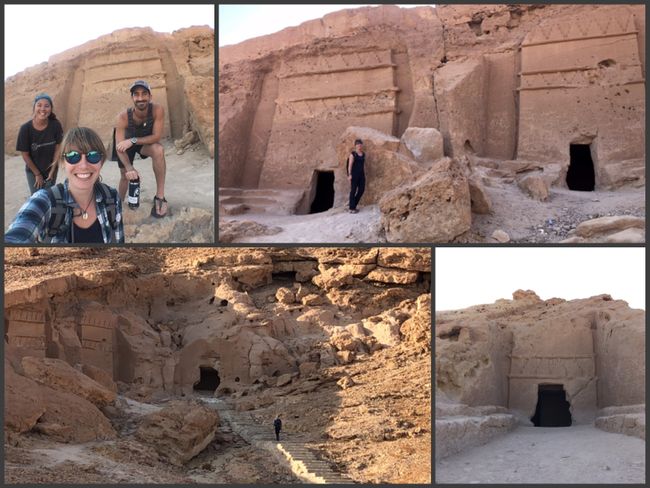
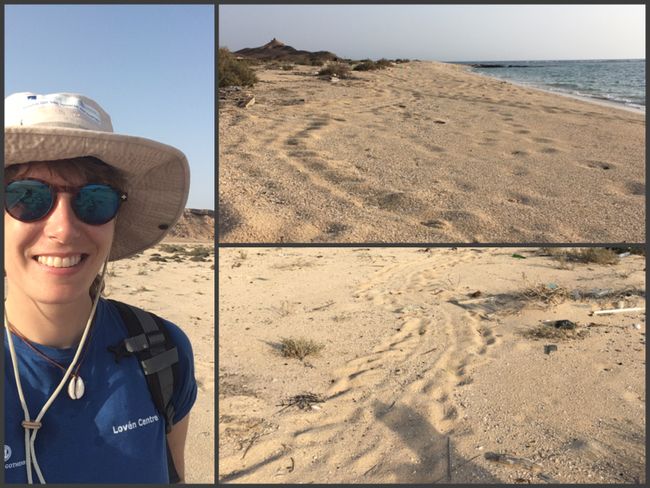

Iscriviti alla Newsletter
Last week, I had the incredibly amazing opportunity to assist two colleagues of mine (a Japanese post-doc from my lab, Taka, and my American PhD colleague, Lyndsey) in their fieldwork. Both of them are studying turtles here in the Red Sea, and as part of this work, they tag female turtles (the green sea turtle, Chelonia mydas, and the hawksbill turtle, Eretmochelys imbricata) with satellite transmitters to gather more information about their behavior. In particular, they are interested in finding out where these turtles nest and feed, as well as the timing and distances of their journeys.
In addition to the scientific data, this knowledge is especially important for the implementation of protected areas and the planning of various mega-projects (such as the Red Sea Project in Al Wajd Lagoon and NEOM, in the northern part of Saudi Arabia, near Jordan and Egypt).
At the beginning, things got off to a bit of a shaky start because, as is often the case with fieldwork, we didn't get permission from the coast guard. However, to make good use of our time and because there aren't many opportunities for us to explore the country, we took the chance to go on a trip. So, we rented a car from Duba (which is already quite far north - I've been there twice for my own fieldwork) and headed to the NEOM project area in the Tabouk region.
Our first stop was the Catalina plane wreck, which we had already visited in January of this year. Unlike last time (when it seemed like a well-kept secret), there were now information boards and it looked like a parking area was being prepared for future visitors. This is particularly interesting because there is finally a tourist visa available for Saudi Arabia - so it seems that they are actually preparing for more (and especially "normal", non-pilgrimage) foreign visitors.

From the plane wreck, we went to Wadi Tayyib Al Ism, just like we did this spring. It's another place that you can visit multiple times - I'm always amazed by the steep canyon, the little stream (flowing water is quite rare in Saudi Arabia), and the small oases in the middle.
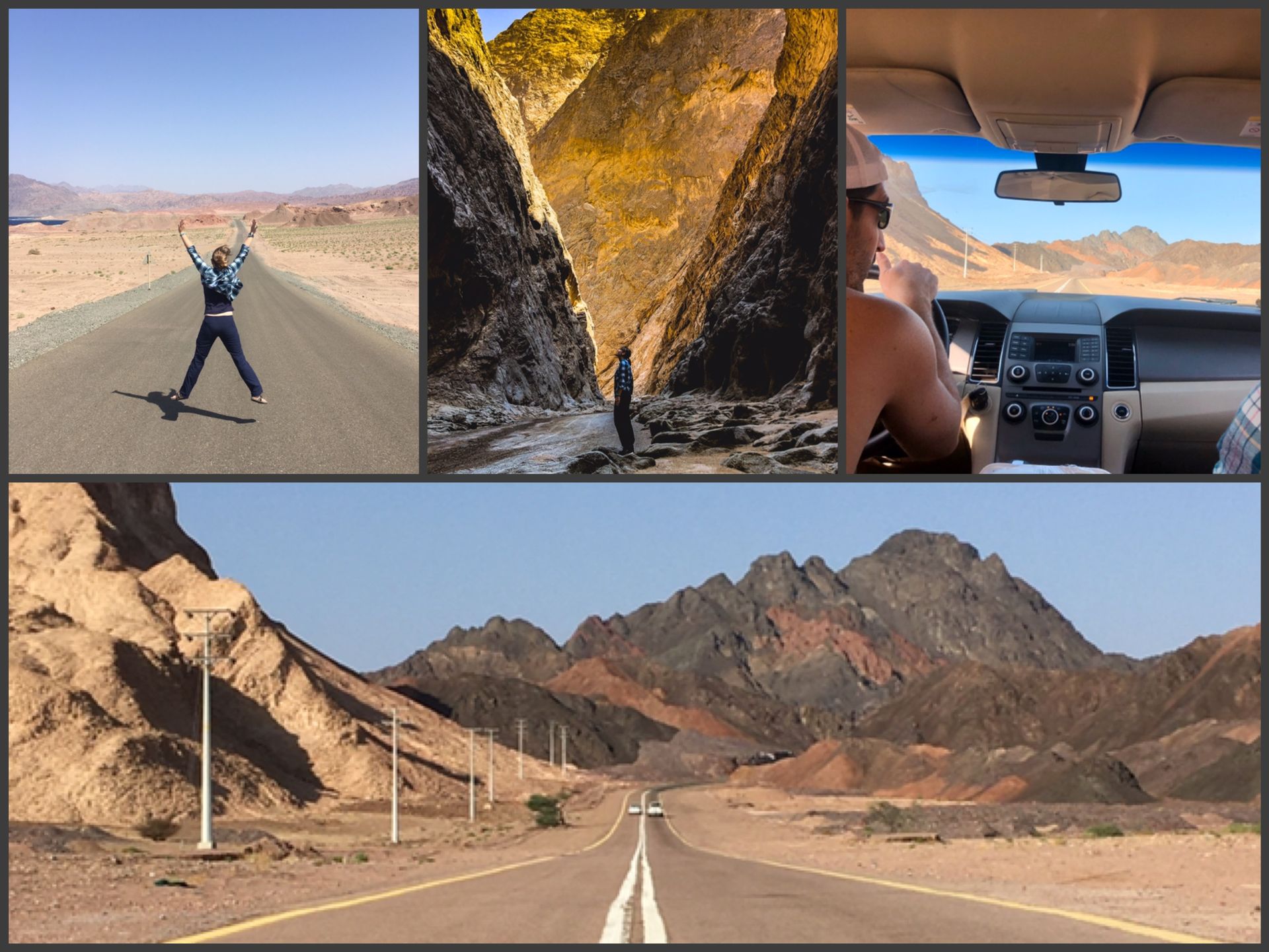
After a refreshing swim and a little snorkeling at a (really beautiful) reef nearby, we proceeded to our final destination. Since the rock tombs in Madain Saleh are still not fully accessible (as part of the tourism initiative, there seems to be a lot of construction and preparation going on there), the only other Nabataean tombs that you can currently visit in Saudi Arabia are in Al Badaa.
Admittedly, they are not as big as Petra in Jordan or the tombs near Al Ulaas, but they are still impressively beautiful.

But now it was finally time to get to work! The first session took place during the day - we went to an island known for being a nesting site for both turtle species. Although we found some nesting tracks (although all of them were a few weeks old), we unfortunately had no luck and waited in vain for the turtle mothers on the following two nights.

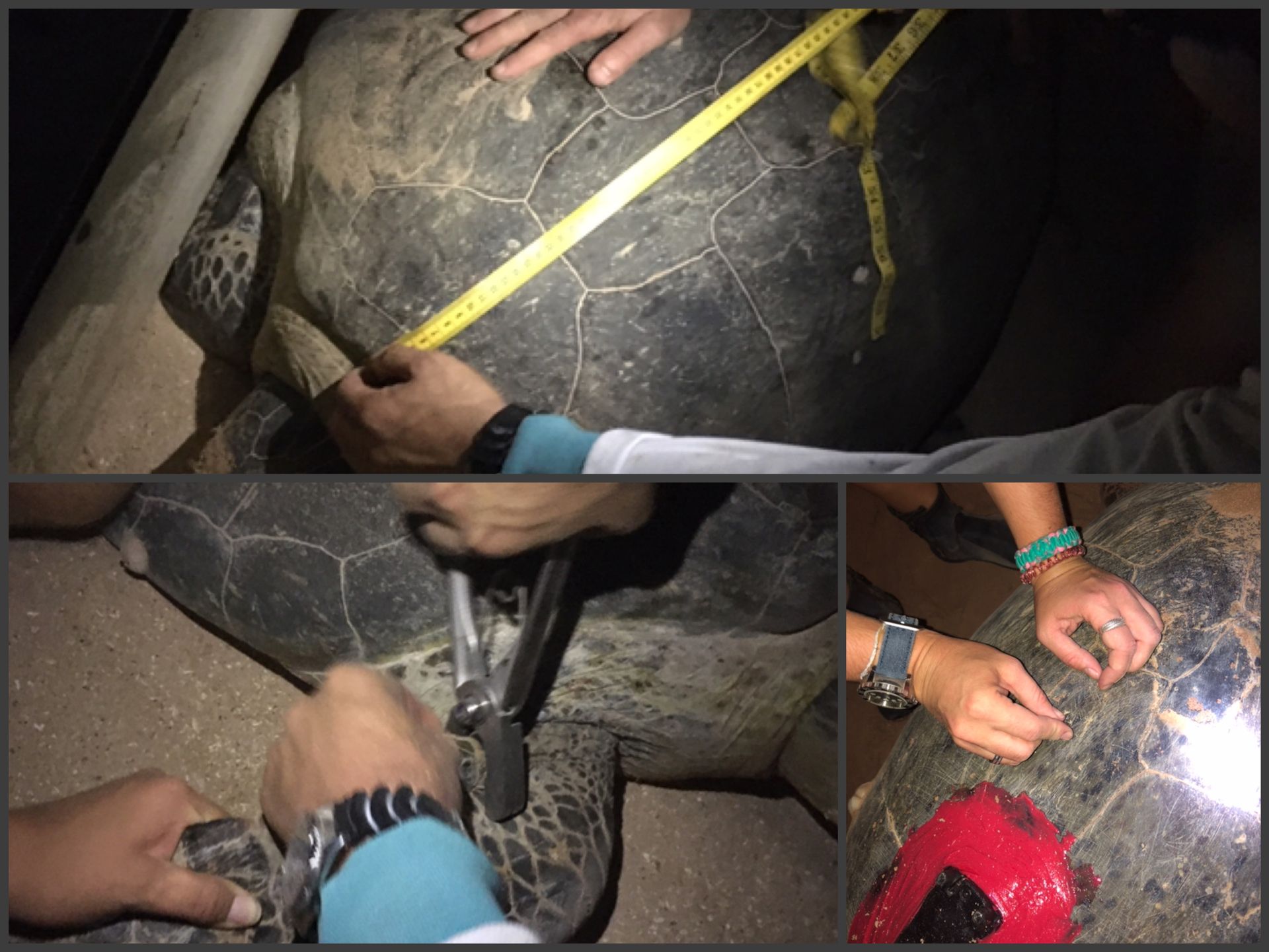
Not all turtles that come to the beach in one night lay their eggs (sometimes they don't like the substrate) or someone disturbs them. But for those that stay, dig their nest, and lay their eggs, the eggs are counted and a temperature logger is added. In turtles, the ambient temperature during development determines the sex - so this is another important point for collecting data, especially regarding climate change.

On the last evening, there was another special highlight! While we were busy collecting samples and attaching the transmitters, some of the little baby turtles fought their way out of their eggs, the sand nest, and onto the beach. These little babies are incredibly cute, and it was really amazing to see them in the wild.
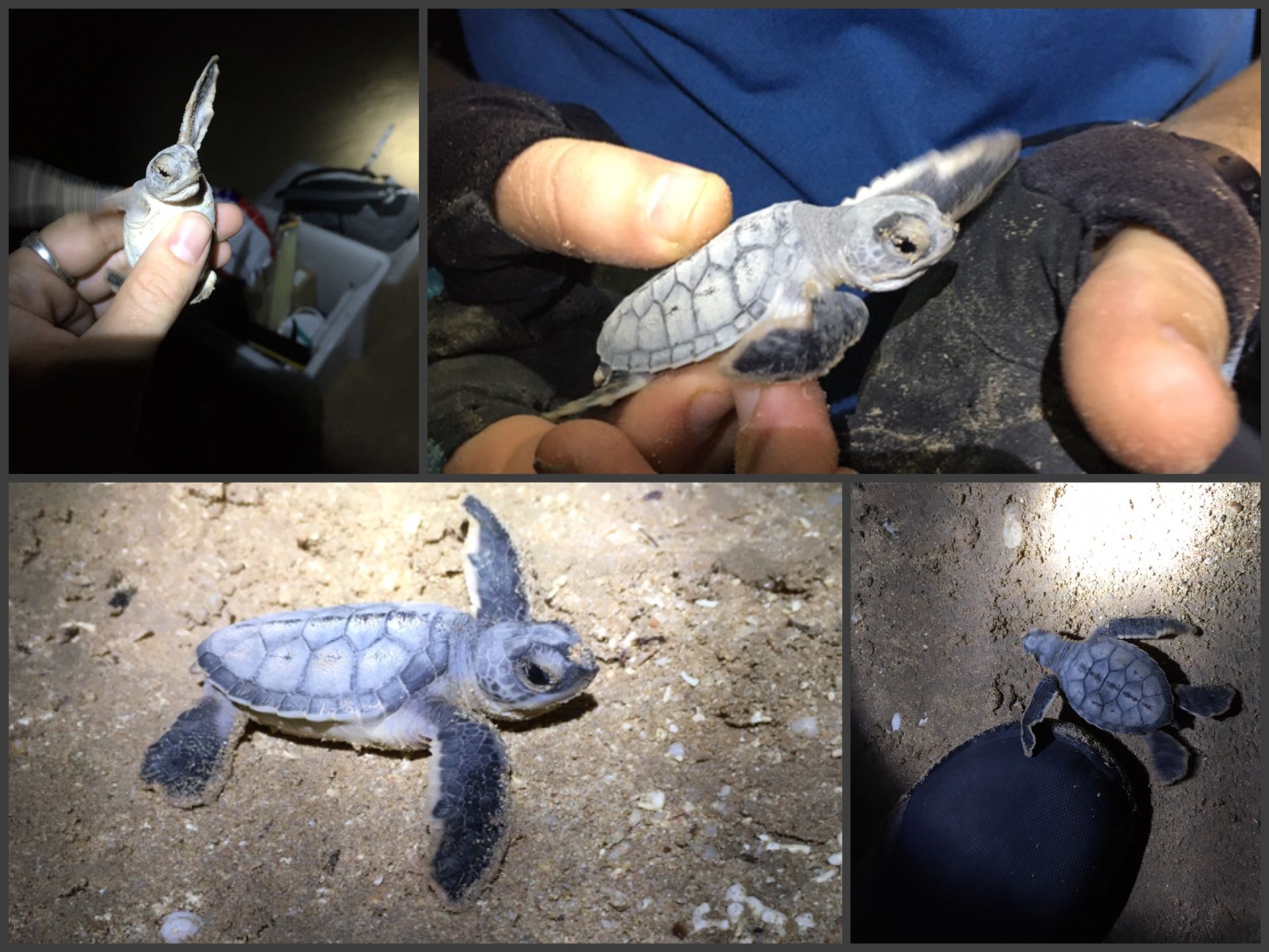
All in all, I prefer to focus on my own research because, although this work may fulfill the stereotypical image of a marine biologist, it is not my ultimate dream in the end.
Sure, working with such large and majestic creatures is definitely amazing - and when everything goes well, the fieldwork is really great.
But no one sees the many nights when nothing happens, when you work and still don't collect any data, and especially how much tedious and detailed work it is.
Nevertheless, I am incredibly grateful for this experience and hope for more great experiences outside of my normal work routine (which is already not boring at all ;-)
Until next time, greetings!
Susann
Iscriviti alla Newsletter
Risposta
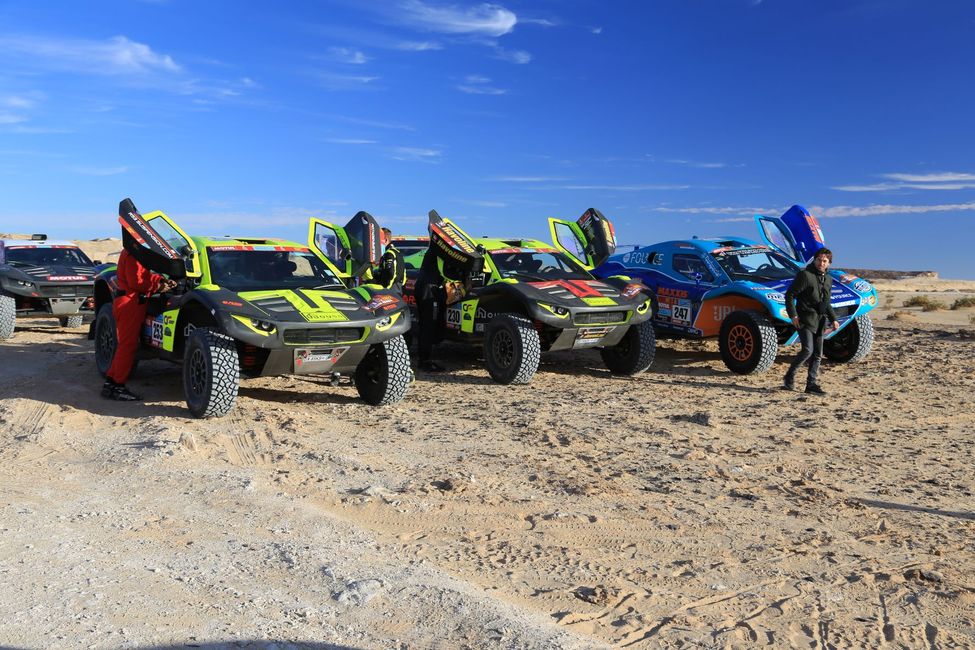
Rapporti di viaggio Arabia Saudita
